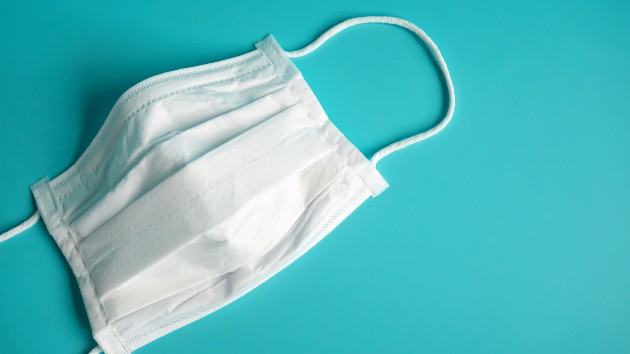pinkomelet/iStockBy EDEN DAVID, ABC News(NEW YORK) — While many Americans during the coronavirus pandemic have reported feeling fatigued and frustrated over extended periods stuck at home, a new study shines light on how social distancing is a privilege afforded to too few.Researchers at Columbia’s Mailman School of Public Health have uncovered a worrying trend: Across New York City, as many workplaces transitioned to working remotely to minimize exposure to the coronavirus, there have been substantial signs of inequality when it comes to social distancing. This comes in addition to the reports of worrisome COVID-19 health disparities in communities with higher percentages of minorities, many of whom tend to have lower incomes. “Our study provides evidence that the most socially disadvantaged and poorest communities are not only at an increased risk for COVID-19 infection, but lack the privilege to fully engage in social distancing interventions, potentially compounding already existing health inequalities,” co-author Micaela E. Martinez, Ph.D., an assistant professor of environmental health sciences at Columbia Mailman School of Public Health, said in a statement.In their study, which has yet to be peer-reviewed, Martinez and colleagues assessed subway swipe data by neighborhoods both before and after the pandemic struck to see how each neighborhood’s subway use changed.”We knew that far fewer people were using the subway, but we didn’t know if this would vary geographically,” Martinez said in an interview with ABC News. “We found that lower-income neighborhoods didn’t decline as much in subway use as richer neighborhoods.”Neighborhoods with lower median incomes and larger numbers of minorities also tended to have a higher percentage of essential workers, which was collectively associated with higher overall subway usage. These same neighborhoods also had a higher number of COVID-19 cases.”If you are in a lower wage job that is still deemed essential, you don’t have the privilege and luxury of staying at home,” Martinez added. “So you still have to go out and put yourself at risk by being out in the community and by riding the subway.”Dr. Yvonne Maldonado, a professor of pediatric infectious disease at Stanford Medicine who’s also conducting studies on health disparities during the pandemic agreed, adding, “Wealthy people have the luxury of staying home and working during this pandemic.”It’s estimated that only 25% of people in the U.S. are able to work remotely — not everyone has access to the internet or computers, and only certain types of work can be done at home, typically jobs that are higher paid and don’t require physical labor.A community with a higher percentage of essential workers, who must rely on crowded public transportation, are experiencing an increase in the risk of transmission, not just to themselves but to their neighbors.”On a community level,” Martinez continued, “we think that the higher percentage of essential workers and subway use is not just reflective of the risk that those individuals will face on a daily level but the risk their overall community can be faced with, because those individuals bring that risk home.”Beyond the need to go to work, staying at home is made more challenging in these neighborhoods because of food insecurity.”Not only do they need to go out to make money, but they also need to go out more frequently to buy food or visit food banks because money is not always available to stock up,” Martinez said.Staying at home also is unsafe for those facing the more immediate risk of domestic violence, which often is more prevalent in these areas, Martinez added. Nearby shelters that normally could accommodate such victims may be closed or at capacity.To make matters worse, within many households in these neighborhoods, more people live under a single roof, and families are more likely to span multiple generations. Even if just one family member leaves the home for work or to buy food or medicine, that puts more people at risk of contracting COVID-19, and many in these communities already are at a higher risk because of preexisting conditions — diabetes, obesity and heart disease among them — and worse access to health care. Lacking access to care means more health care situations are mismanaged.”Black and brown or poorer neighborhoods have higher rates of preexisting conditions, so not only are their disparities in how sick people can get across neighborhoods but just your likelihood of getting infected in the first place,” Martinez said. “It’s not just that they’re hard hit, they’re getting punches from all different directions.”A better understanding of the larger picture could help local and federal officials help people in these communities more effectively. For example, Martinez said, cities could do more to provide alternative housing situations for those in multigenerational homes or vulnerable individuals who live with an essential worker. Officials could make health care information available at churches or through other local organizations, Maldonado added, to “engage people where they live.””Where you have concentrations of individuals having to go outside, on a community level there is a lot more contact overall and more SARS-CoV-2 transmission,” Martinez said. “We must be aware that things are not operating in isolation because of these strong associations in New York City between income and race.” Copyright © 2020, ABC Audio. All rights reserved.












